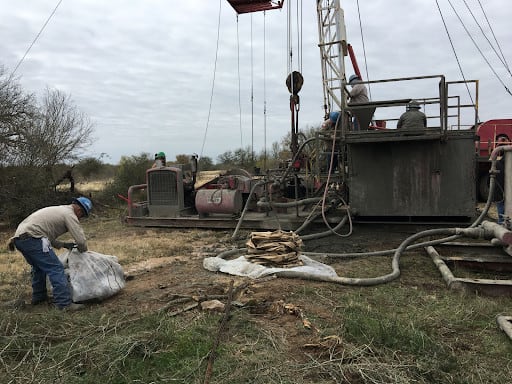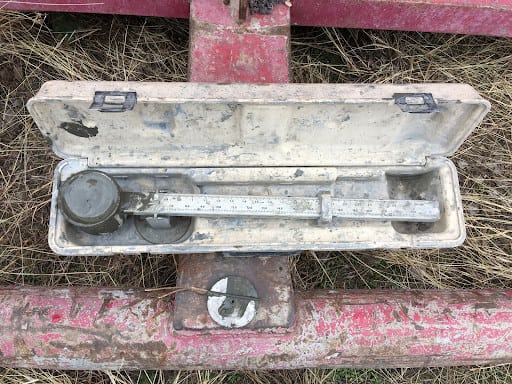Wellbore integrity continues through to the end of the life of the well. Once production nears the end, the well must be prepared to be properly decommissioned, or plugged. Plugging consists of four steps:
- Equipment removal
- Removal of casing
- Filling the wellbore with cement
- Sealing the borehole to prevent any leaks at the surface
Assessing the integrity of sealed wells is important to ensure the cement-filled well is capped by an impermeable barrier and no leakages have occurred. We will take a closer look at aging wells within the next lesson, Containment Risk.
In Texas, most oil and gas wells that are no longer productive are plugged by the responsible operators. However, when operators abandon a well without plugging, the responsibility falls to the Railroad Commission. The commission uses money that is collected from industry in a state managed plugging fund that has been in existence since 1984. Oil and gas inspectors from the RRC supervise private contractors to accomplish the plugging. These abandoned wells are located through routine lease inspections or landowner complaints (someone finds the well while working with a tractor!). Since 1984, the RRC has plugged well over 35,000 abandoned wells with State funds. This benefits the citizens of Texas because each of the wells the commission plugs removes a potential threat to groundwater.1Railroad Commission of Texas. (2016, January 21). TxRRC protects environment by plugging abandoned oil & gas wells [Video]. YouTube. https://youtu.be/GgnmrKFTOVM

Equipment view of plugging operations for a well in southeast Texas. Numerous empty sacks of cement (yellow) are piled up next to the rig.
Video: Hilary Olson
Workers open and add sacks of cement to a cement hopper (cone shape) during a plugging operation in southeast Texas. Dry cement must be mixed with the proper amount of water to ensure that properties are as designed. Turbulent flow is used for thorough mixing.


The weight of a sample of cement is verified by the Railroad Commission of Texas (RRC) during a well plugging in southeast Texas. The weight of the cement is measured in pounds per gallon (ppg) and the specific cement used here is noted as 16.4 ppg once the cup is completely full and capped.
Proper decommissioning and capping of a well is vital, given abandoned wells can produce significant environmental risks, such as leaks to nearby groundwater sources. Well integrity is not routinely monitored or surveyed at abandoned sites, therefore risks can go unrecognized.
Image Credits
- Plugging the well: Hilary Olson
- plugging the well pt. 2: Hilary Olson
- plugging the well pt. 3: Hilary Olson